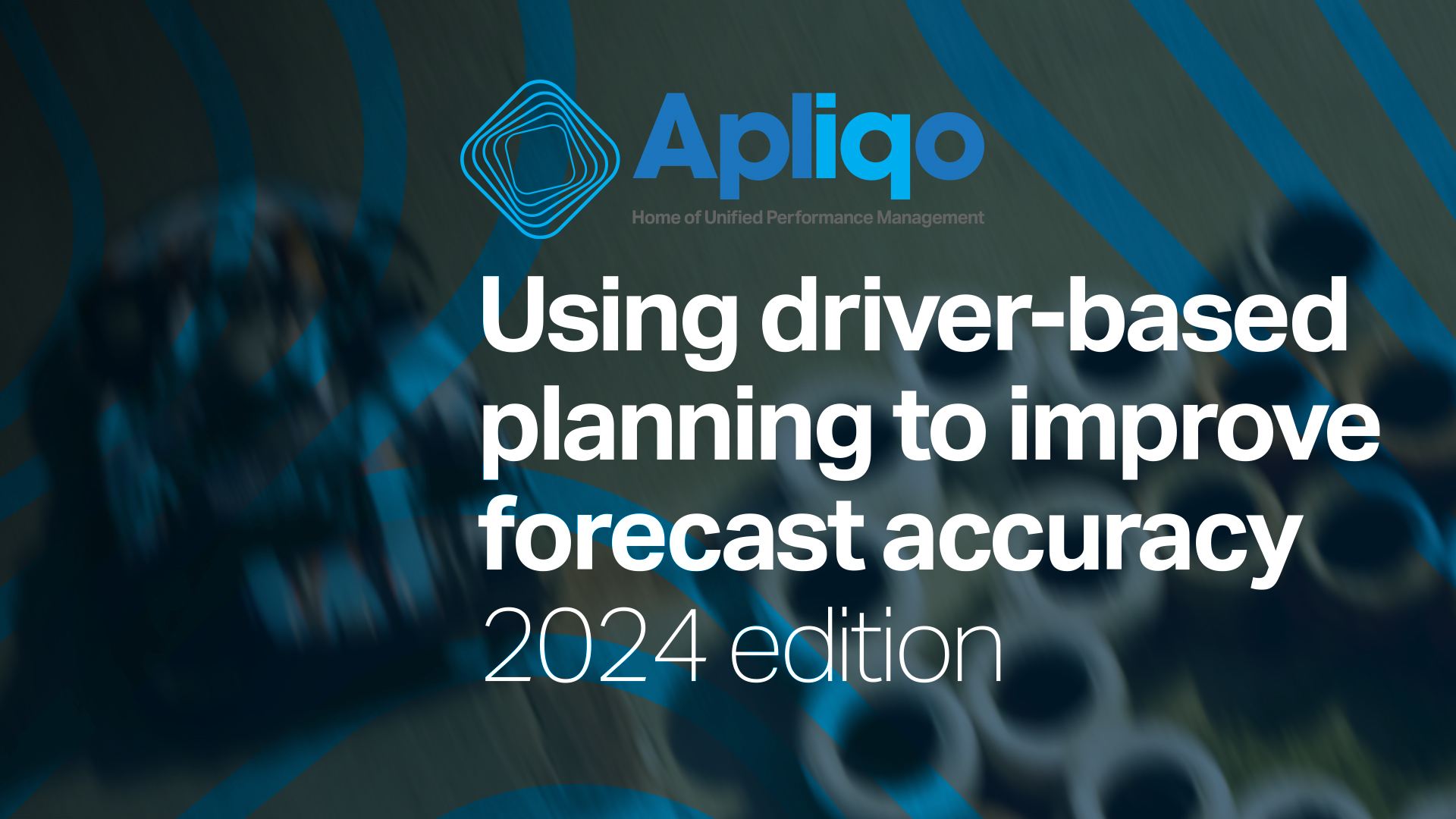Financial planning and analysis (FP&A) has seen a dramatic resurgence in recent years as companies strive to manage the immense complexity that comes with modern business. With competition at its most fierce, those who are able to better understand and leverage both internal and external data to make strong predictions and decisions are the ones who will thrive.
Here at Apliqo, the FP&A process is at the heart of what we do and so in this post, we thought we’d share our 10 commandments for what strong FP&A execution looks like. While somewhat tongue-in-cheek, there’s a lot to be gained from getting these things right. Now, without any further ado, onto the ten commandments.
1. Thou shalt create a detailed strategy that encompasses everything the company is trying to achieve.
Everything starts with the company’s strategy and mission. Without a north star to aim towards, there is no real value in analytics, planning, or any of the surrounding components. Your company strategy should provide clarity about what you are trying to accomplish and therefore inform the key data, metrics, measurements, and planning scenarios that you place focus on.
2. Thou shalt make planning a regular process, and not a once-off proposition.
Any plan is going to have to shift when it bumps up against reality and so it’s naïve to think that your planning phase is a once-off endeavour. Strong FP&A requires regular planning at different levels of granularity to become part and parcel of your normal operations. Planning is something that should always be on the table – giving your company agility when needed.
3. Thou shalt hold team members to account for the results of your FP&A processes.
Without accountability around the numbers, your FP&A risks being an exercise that only receives lip service. To truly drive progress, you need to tie performance incentives to your key metrics and let the analytics push the organization in the right direction. When someone is accountable for a particular measurement, there is a much better chance that you’ll see positive movement than one that is no one’s responsibility.
4. Thou shalt select key drivers carefully and intelligently.
At the heart of FP&A is the measuring of key drivers that impact revenue and/or costs. These can be internal or external drivers, but either way, they need to be considered carefully. Beware of confusing correlation with causation and take great care to identify the specific drivers that move the needle for the variables that you care about. From there, the rest of the process works.
5. Thou shalt break planning timelines into small chunks.
While it is very useful to have long-term planning as a means of assessing one’s direction, these don’t help in day-to-day scenarios. Your team members need to understand how long-term strategic planning breaks down into years, months, weeks, and even days – so that they understand what they need to focus their attention on now. Breaking things down like this makes the whole thing more manageable and increases your chances of success.
6. Thou shalt dig deep into variances to uncover the true root cause.
When analysing the reasons why an actual figure doesn’t match what was budgeted, be sure to look for root causes, which may go deeper than you might think. It can be tempting to run with the first logical reason that you find, especially when you have hundreds of variances to work through, but temper that impulse and look a layer deeper. It’s in this rigour that you can make better judgment calls about what’s really happening and solve it at its root, rather than on its face.
7. Thou shalt educate your team about why your specific KPIs have been chosen.
Don’t assume that your key performance indicators (KPIs) are self-explanatory because often they can be misconstrued. Take your time to educate your staff on the KPIs that matter, and explain why they drive better business performance. Often this context can be hugely helpful in shaping how they think about the process, and it enables them to make more precise and well-thought-out decisions.
8. Thou shalt connect and align your financial management with your operational management.
You should always be aiming for a unified plan that encompasses both your financial considerations as well as your operational ones. These components must work in harmony and if they remain in separate silos, you’re going to run into bottlenecks, conflicts, and other issues. Make sure that they are aligned and on the same page, so that everyone is pulling in the same direction and you’re acutely aware of the financial and operational constraints that play a role in your company.
9. Thou shalt take action when a plan isn’t working.
Once you have set up your measurement techniques, planning workflows, and review protocols – don’t think that the work stops there. When you encounter a problem or a number that is missed consistently, it’s up to you to investigate the issues and take action to rectify them. This is where the rubber meets the road and without action, your entire FP&A system is not being leveraged to its full potential.
10. Thou shalt keep on the cutting-edge of FP&A strategy.
The field of FP&A is constantly developing and what is best practice today might not be in a year’s time. The onus is on you to keep up to date with how FP&A is being implemented and what is working for companies of your size and stature. Being at the forefront of this will keep you ahead and ensure that you don’t let your systems become obsolete or irrelevant.
There you have it – the ten commandments of FP&A. If you can follow these principles, you’ll put yourself in a great position to get the most out of this powerful management tool and give your business the foundation that it needs to get to the next level.
Here at Apliqo, we develop a range of different software tools that are designed to help you get there. Be sure to get in touch today if you’d like to explore how we can assist.







